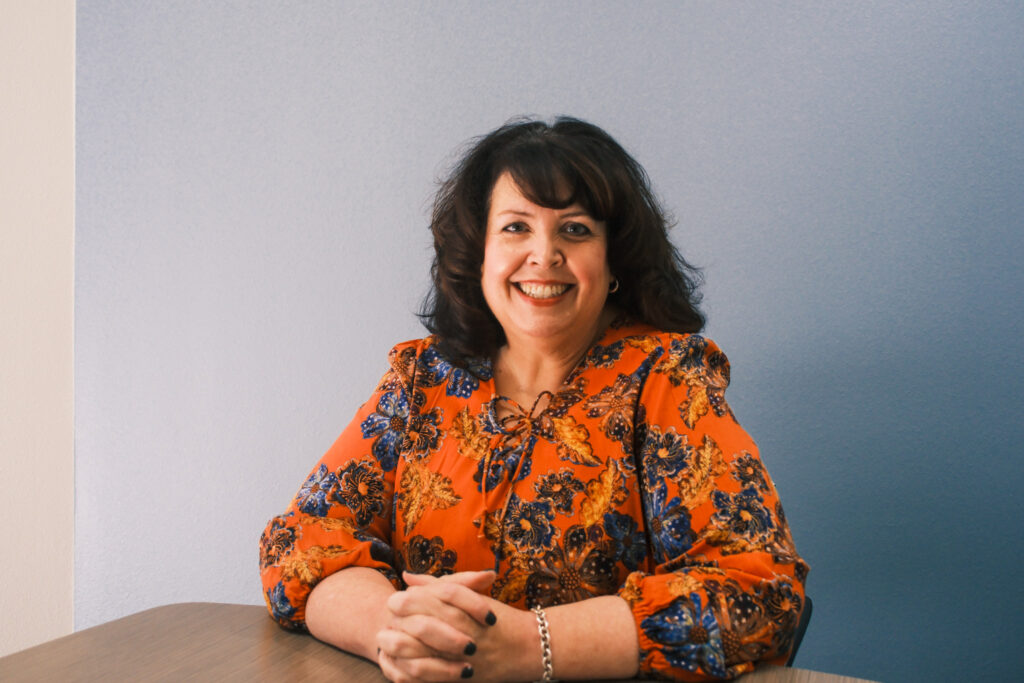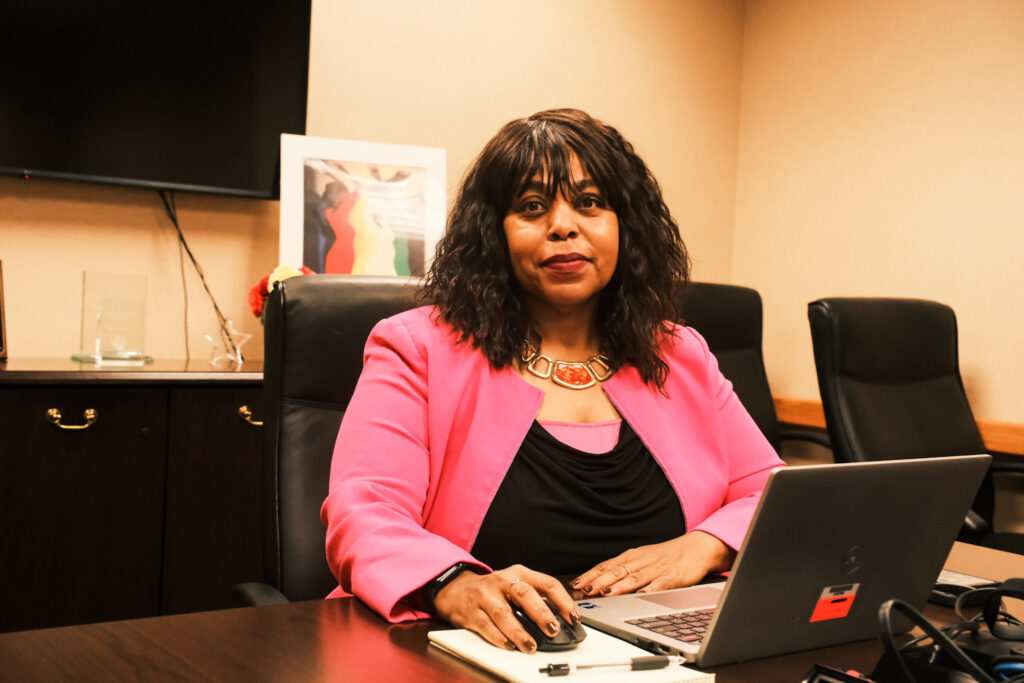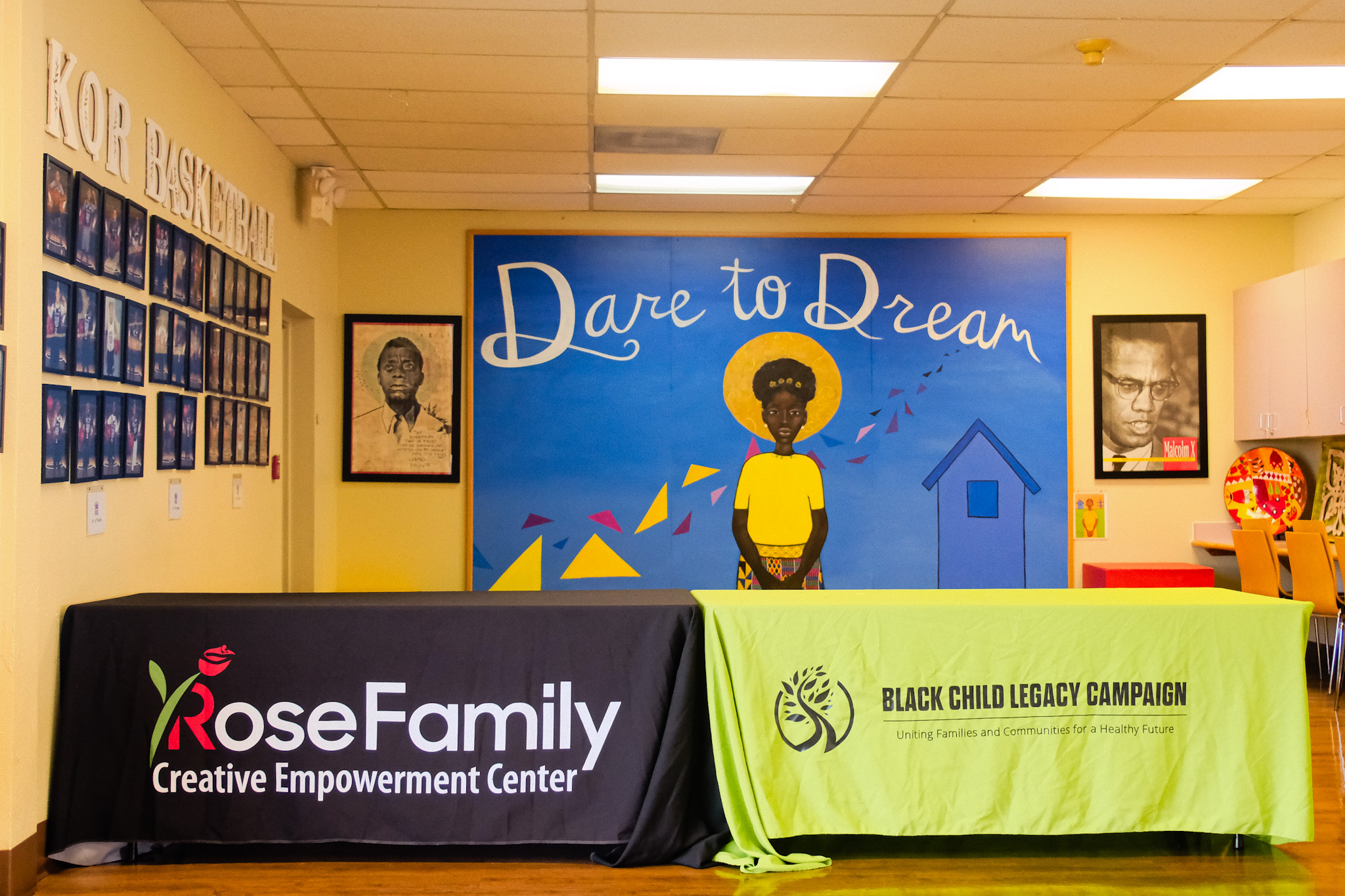This story was first published by AfroLA, a solutions journalism nonprofit for Los Angeles, told through the lens of the Black community. To reproduce or republish this article, please contact AfroLA. This article was produced as a project for the USC Annenberg Center for Health Journalism’s 2025 California Health Equity Fellowship. This version shared with Abridged includes the first 785 words. Readers wanting more can visit AfroLA.
The Abridged version:
- A program that helps Black families navigate Sacramento County’s child welfare system is credited with dramatically reducing the number of Black children in foster care.
- The county is now embarking on an expensive, multiyear process to get funding for it from a federal law meant to support such services, but there are no guarantees of success.
- Sacramento County child welfare officials say they believe the cultural broker program is worth the expense. Those who control program dollars want them to prove it.
Latazia Allen had just given birth to her first son, the youngest of five, when Sacramento County child welfare officials took him away in 2023.
A week earlier, Allen was assaulted by the father of her children in a motel parking lot. Allen, then nine months pregnant, and her 2-year-old daughter were harmed, she said, and a witness called Child Protective Services.
A few days later, settled into a domestic violence shelter, Allen remembers a CPS investigator paying her a visit. The woman encouraged Allen to obtain a protective order. Allen trekked to the courthouse the next day to file the paperwork. Her water broke while she was in line waiting. At the hospital, she texted the father to let him know their son had been born.
She returned to the shelter with her newborn, but shortly afterwards, a social worker showed up to remove her infant and her 2-year-old daughter. Allen said she was in the middle of breastfeeding her newborn when the social worker took him “off my grip.”
“I felt like it wasn’t fair,” said Allen, 28. “I felt like they weren’t caring to understand where I was coming from.”
Cultural brokers help families navigate the system
That’s when Yolanda Stevenson stepped in. Stevenson is a cultural broker with Rose Family Creative Empowerment Center, one of three organizations contracted by the county to specifically help Black families.
For cases like Allen’s, Stevenson’s job is to help families navigate their CPS case. Sitting in on meetings with social workers, Stevenson might stop the proceedings to define acronyms for the parent in the room. Or if a social worker is insisting a parent meet certain requirements, she’s the person in the room asking, “Why?”
“Sometimes culturally, because we’re so afraid that if anything we say is gonna be used against us, we don’t ask questions,” Stevenson said.
Stevenson, who is also a program manager and director of social services at Rose Family, said Allen’s case was complicated by a history of drug use. The process to get her kids back took months and included weekly visits with her children for one hour. After the first visit, her county social worker told her they would have to cancel the visits if she kept crying.
“She was referred to a cultural broker because the relationship between her and her child’s father and the social worker was not healthy,” Stevenson said. “The trust and communication” weren’t there. When foster parents looking after her children said they wanted to adopt her newborn son, Allen started to panic. Allen, who grew up in foster care, said she stopped sleeping and eating and lost a lot of weight.
“I was hoping and praying that the judge gave us a chance to fight for our children because I didn’t want them being split up,” she said.
The number of Black children in foster care has decreased
In the last 25 years, Sacramento County has managed to lower the number of Black children in foster care by 86%. For white children, that figure is 88%. Despite lower numbers of Black children in foster care, Black kids are still overrepresented. According to the most recent data available from the Child Welfare Indicators Project, 34% of children in foster care in July were Black, the largest share of any racial or ethnic group. That percentage hasn’t budged much in more than two decades: In 2000, it was 36%.
Sacramento County child welfare officials think the cultural broker program can help. Introduced in 2017, cultural brokers mediate between Sacramento County child welfare officials and the families they have the power to separate. The goal is to keep families together and prevent Black children from entering foster care.
“A broker can literally make the difference between something escalating into a removal” and a family cooperating with a social worker, said Melissa Lloyd, CPS deputy director within Sacramento County’s Department of Child, Family and Adult Services.

According to numbers provided by the county, from 2018 through 2023, 552 families were referred to cultural broker services, said Kim Pearson, who oversees the Sacramento County Cultural Broker Program. Out of those families, 90% had their case closed successfully, meaning the children were reunified with their biological parents, adopted or placed in a permanent living arrangement.

But the program is “severely underfunded,” Pearson said. In their quest for funding, CPS is going after special federal dollars from a 2018 law that could keep the program afloat indefinitely. But first, they have to figure out how to acquire the money.
The path to qualify for funding will likely be long and arduous and involve multiple studies, one of which has already cost hundreds of thousands of dollars. But for Black families who are overrepresented in the child welfare system, the need for programs tailored to them is paramount.
Please visit AfroLA to continue reading this article. It’s free — no signup required, no paywall.
